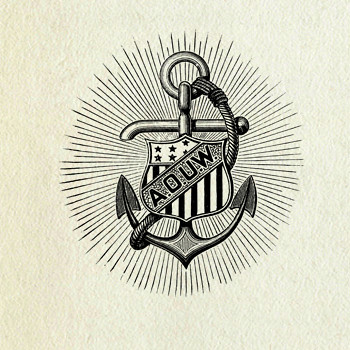If you need help writing a scene, see my scene construction post. Now that you have the scene written, let’s tighten it! For each scene, you must make sure you anchor the reader by answering the five W’s, as Susan May Warren calls them.
- Who are the players? (which characters are in the scene?)
- What is the storyworld (where are the characters – in a park, a cafe, an apartment a hospital?)
- Where do the characters stand in the book?
- When is it?
- Why is the reader there?
Got your five W’s? Now go to the beginning of the scene and
- make sure you’ve taken every opportunity to add in the five senses
- go deeper with characters – show the reader, don’t tell
- Develop the storyworld, little by little
Let’s do another pass for tension and motivation:
- There needs to be tension at the end of the scene (what is at stake and how can the situation be worse?). Set it up earlier in the scene, so at the end the reader sees how terrible what happened truly is.
- Fortify the motivations of your characters action/decisions. Establish the motivations for every action and reaction.
Let’s do a final check on this new scene :
- Do you have a hook (what is at stake?)
- What does the reader learn (another puzzle piece)
- What puzzle piece does the reader now know they have to solve?
- How does the scene move forward or backward?
- The scene should be between 1200 to 1500 words
Most of this thought process was garnered from Susan May Warren or from the My Book Therapy website (check out their writing articles).
[[Photo by Vintage Collective]]